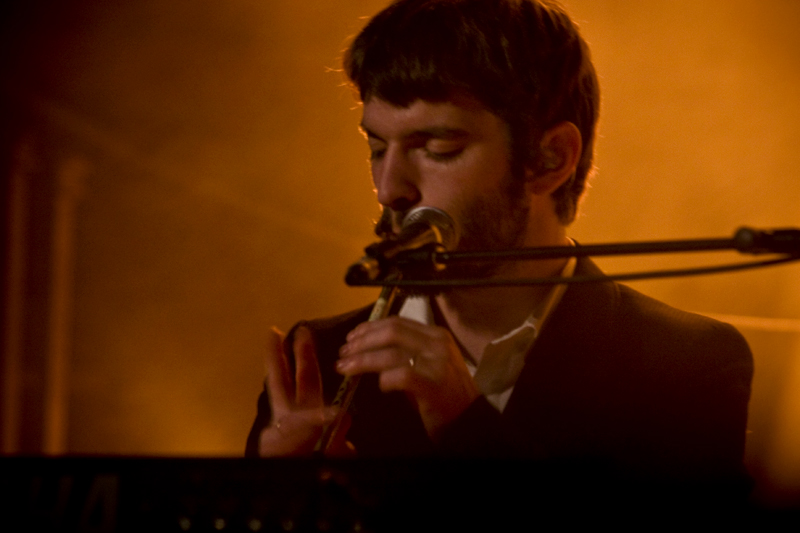
The instrument pops in and out with a delicate, pulsating rhythm that provides an exigent backdrop, subtle yet omnipresent, like a ticking doomsday clock. This isn’t a regular marimba: Built by Páll Guðmundsson, it replaces the usual wooden slats with Icelandic stones, swapping an earthy tone for an icy one. The star of Odin’s Raven Magic, besides its folklore, is the twinkling marimba that appears throughout. By illustrating mythology with even-keeled sound rather than diving into its turbulence, Sigur Rós glosses over the magnitude of the catastrophe they’re trying to describe. “Stendur æva” could’ve come as a punch in the gut, but instead a lackluster choir and lilting vocals leave it feeling oversaturated. Such a menacing tale demands tumultuous color, and opera provides the perfect inspiration for over-the-top storytelling. Sigur Rós’ performance is skilled, but their commitment to placidity limits the album’s dramatic capability. The strongest moments come when there’s motion, like on “Prologus,” which highlights the orchestra’s subtle shifts between dissonance and consonance, and “Spár eða spakmál,” where a swooping choir, booming horn, and urgent percussion build a sense of exhilaration. This music swims through melancholy and euphoria, full of grand melodies fit for a Game of Thrones feature film. Trading their signature bowed guitar for bowed orchestral instruments, Sigur Rós approach the long history of operas that borrow from mythology with a sense of tranquility. This uninterrupted rendition was recorded live in 2004 at La Grande Halle de la Villette in Paris you might forget it’s a live performance until the end, when the music fades away and applause erupts.

Before now, only fragments of the lengthy work hovered around the internet, captured by eager audiences at crowded shows.

Odin’s Raven Magic is something of a myth itself-though Sigur Rós first performed it live 18 years ago, it’s never received a proper recording. On the eight-part operatic work, the Icelandic band funnels its serene, immersive style into theatrical storytelling, evoking a lively yet uneasy scene with eerie harmony and cinematic scope that wavers between exuberance and heavy-handed melodrama. This portentous meal is the subject of a poem written in the traditional style of Edda, the collection of Icelandic mythology and prose dating back to the 13th century, and of Sigur Rós’s Odin’s Raven Magic.

His trusty ravens, Huginn and Muninn, traverse barren fields, gathering the world’s wisdom while the gods feast and watch for omens. The end of the world looms as Odin, Norse deity of war and death, joins his fellow gods for a banquet.


 0 kommentar(er)
0 kommentar(er)
